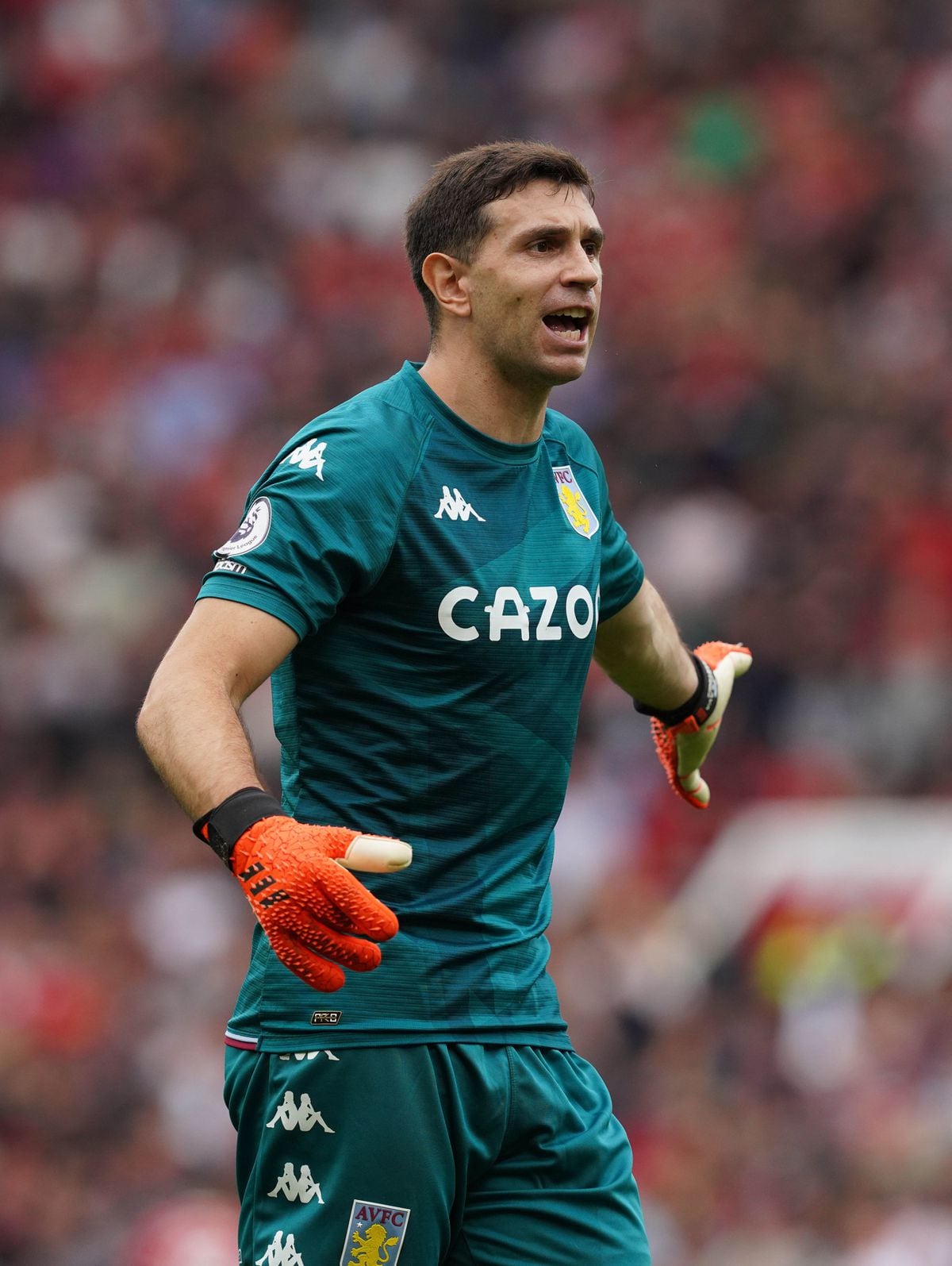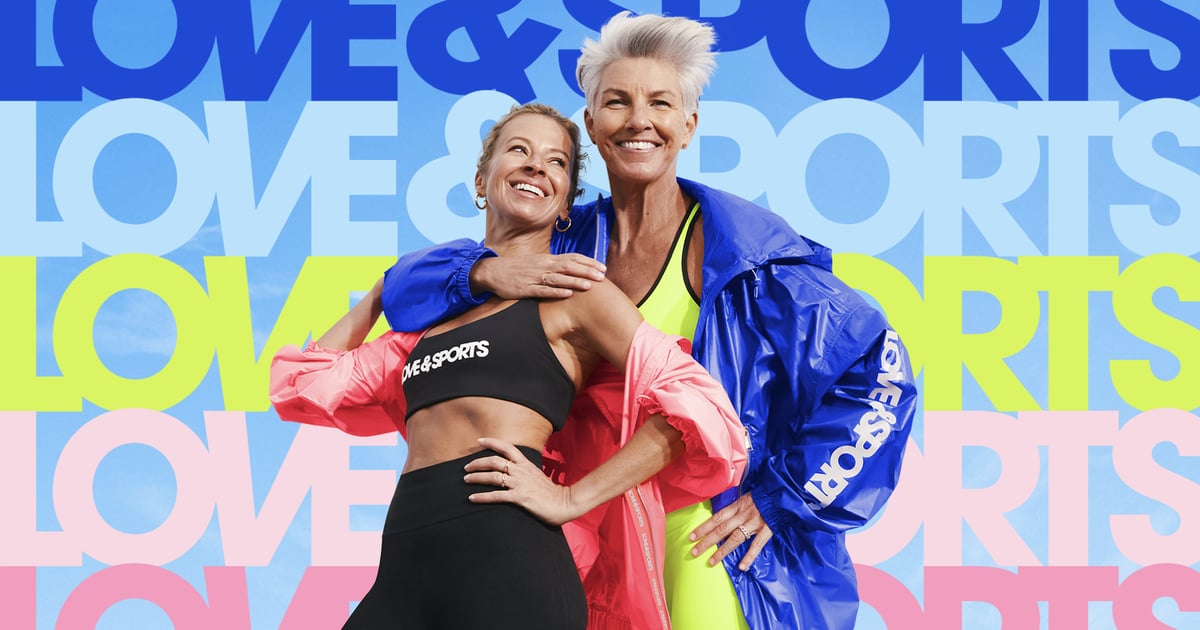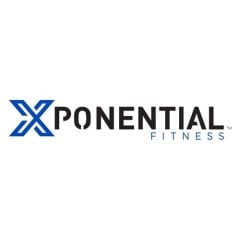COVID-19 cases and hospitalizations continue to fall in Lancaster County, and, at least for now, signs point to that trend continuing.
The county recorded only 66 cases last week, down from 89 the previous week and the lowest weekly total since the week ending July 3 of last year.
More impressive has been the drop in hospitalizations. Lincoln’s two hospital systems reported only 12 COVID-19 patients Monday. That’s the lowest total since June 23 and the fourth-lowest total on any day since the Lincoln-Lancaster County Health Department debuted its COVID-19 dashboard in April 2020. On Tuesday, the number of patients had risen to 14.
There are other positive signs as well. The county’s rate of positive COVID-19 tests was 3.5% last week, essentially the same as the previous week and the third straight week it’s been below 5%.
In fact, the only real negative COVID-19-related data last week was the three reported deaths. Still, Lancaster County has recorded only five deaths this month, compared with 32 in February and 39 in January.
People are also reading…
The local numbers, which warranted keeping the county’s risk dial in the green, or low, range for the second week in a row, are in line with statewide numbers.
For the week that ended Sunday, the state reported 330 COVID-19 cases, down from 354 the week before.
As of Monday night, there were 84 COVID-19 patients in Nebraska hospitals, the lowest number since mid-July. CHI Health reported only 19 patients total across its hospitals in Nebraska and southwest Iowa.
Dr. David Quimby, an infectious disease specialist with the health system, said that just a month ago, it had that many patients on ventilators.
On Monday, the Nebraska Department of Health and Human Services debuted two new tools that can be used to track COVID-19. One is a genomic surveillance report that shows the prevalence of variants, and the other is a roundup of all wastewater monitoring that is occurring in the state.
The wastewater monitoring report, which tracks samples collected at 13 sites in 11 counties, shows a few occasional spikes in virus samples found over the past month, but the general trend is either a leveling off of virus particles or a slight increase.
The genomic surveillance showed that as of March 19, the most recent data available, the omicron BA.2 variant was found in 7% of positive COVID-19 samples that underwent genetic sequencing. While that’s a big jump from the 1% of samples that showed BA.2 in the weeks ending Feb. 19 and March 5, it’s far below the national average, which the Centers for Disease Control and Prevention estimate is nearly 55% of all cases.
Lincoln-Lancaster County Health Director Pat Lopez said in a statement that while BA.2 activity is limited in Nebraska right now, “we’re concerned that this could change and we continue to monitor the situation closely.”
The variant has sparked new outbreaks in Asia and Europe, and health experts have been warning for weeks that the same thing could happen in the U.S.
Several states have seen double-digit increases in their COVID-19 case numbers over the past couple of weeks, while the daily average in the U.S. has risen slightly and leveled off since hitting its low point of just less than 27,000 cases March 19, according to the CDC. However, both hospitalizations and deaths have continued to decline nationally.
Dr. James Lawler, co-executive director of the University of Nebraska Medical Center’s Global Center for Health Security, said it’s “inevitable” that the U.S. as a whole and Nebraska will see another spike in cases caused by BA.2.
“The question is just the timing of when,” he said.
Lawler said he expects case numbers will rise significantly within the next couple of months, which will again lead to increases in hospitalizations and deaths.
The good news is that any surge could be blunted by warmer weather, and hospitals are in much better shape now than when the first omicron wave hit in December.
One other thing that could help blunt another wave of COVID-19 is people getting vaccinated and/or boosted.
Lawler said the Food and Drug Administration’s decision to approve a second booster for those older than 50 is great news.
“I hope we have a lot of takers for that,” he said, noting that boosters have been shown to greatly reduce the risk of hospitalization and death from COVID-19, especially in older people.
Photos: 2 years of images tell the story of the pandemic
A worker prepares to administer a COVID-19 test at the 2022 Winter Olympics, Tuesday, Feb. 1, 2022, in Beijing. (AP Photo/David J. Phillip)
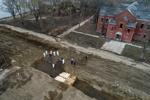
Workers wearing personal protective equipment bury bodies in a trench on Hart Island, Thursday, April 9, 2020, in the Bronx borough of New York. (AP Photo/John Minchillo)

Francisco Espana, 60, looks at the Mediterranean sea from a promenade next to the Hospital del Mar in Barcelona, Spain, Friday, Sept. 4, 2020. Francisco spent 52 days in the intensive care unit at the hospital due to the coronavirus, but today he was allowed by his doctors to spend almost ten minutes at the seaside as part of his recovery therapy. (AP Photo/Emilio Morenatti)

Romelia Navarro, 64, weeps while hugging her husband, Antonio, in his final moments in a COVID-19 unit at St. Jude Medical Center in Fullerton, Calif., July 31, 2020. (AP Photo/Jae C. Hong)

Masrat Farid, a healthcare worker, prepares to administer a dose of Covishield vaccine to Rubia Begum inside a hut during a COVID-19 vaccination drive in Gagangeer, northeast of Srinagar, Indian controlled Kashmir on June 22, 2021. Farid has traveled long distances to vaccinate mostly shepherds and nomadic herders in the remote meadows of the Himalayan region of Indian-controlled Kashmir. (AP Photo/Dar Yasin)
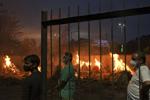
People watch burning funeral pyres of their relatives who died of COVID-19 in a ground that has been converted into a crematorium in New Delhi, India, Thursday, May 6, 2021. (AP Photo/Ishant Chauhan)

Chinese paramilitary police wearing goggles and face masks march in formation at the Yanqing National Sliding Center during an IBSF sanctioned race, a test event for the 2022 Winter Olympics, in Beijing, Monday, Oct. 25, 2021. (AP Photo/Mark Schiefelbein)

New Yorkers who died during the coronavirus pandemic are projected onto the Brooklyn Bridge during a commemoration ceremony Sunday, March 14, 2021, in Brooklyn, NY. (AP Photo/Kevin Hagen)

Family members, reflected in the window, wave goodbye to nursing home resident Barbara Farrior, 85, at the end of their visit at the Hebrew Home at Riverdale on Thanksgiving, Thursday, Nov. 26, 2020, in New York. The home offered drive-up visits for families of residents struggling with celebrating the holiday alone. (AP Photo/Eduardo Munoz Alvarez)
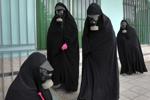
Cleric women wearing protective clothing and “chador,” a head-to-toe garment, arrive a cemetery to prepare the body of a victim who died from the new coronavirus for a funeral, in the city of Ghaemshahr, in north of Iran, Thursday, April 30, 2020. (AP Photo/Ebrahim Noroozi)

Woman attend their yoga exercise in a park while heavy fog envelops the areas of Lahore, Pakistan, Wednesday, Feb. 17, 2021. (AP Photo/K.M. Chaudary)
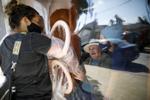
Debora Aberastegui holds the hands of her father Pedro Aberastegui through a plastic sleeve at the Reminiscencias residence for the elderly in Tandil, Argentina, Monday, April 5, 2021. Residents here do not have physical contact with their families or leave the residence due to the COVID-19 pandemic, but stay active with group activities within the facility. (AP Photo/Natacha Pisarenko)
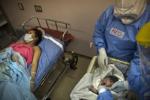
A neonatologist examines Maria Alvarez’s newborn baby girl at the National Maternal Perinatal Institute in an isolated area reserved for mothers infected with COVID-19, in Lima, Peru, Wednesday, July 29, 2020. The 24-year-old first-time mother wept during her labor not just from pain, but because the baby would be born without her father. The baby’s father died from the new coronavirus in June. (AP Photo/Rodrigo Abd)

Protesters dance and embrace as a song plays over the speakers, during an ongoing protest against COVID-19 measures that has grown into a broader anti-government protest, in Ottawa, Ontario, on Thursday, Feb. 17, 2022. (Justin Tang/The Canadian Press via AP)
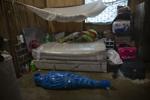
Corazona Pena’s body lies wrapped in plastic by a Peruvian COVID-19 specialized government team in Pucallpa, in Peru’s Ucayali region, Tuesday, Sept. 29, 2020. (AP Photo/Rodrigo Abd)

Wearing masks and plastic gloves amid the spread of the coronavirus, girls raise her hands during class in Havana, Cuba, Monday, Nov. 2, 2020. (AP Photo/Ramon Espinosa)

Cast members wear face masks backstage under COVID-19 protocol measures during a performance of “Rusalka” opera at the Teatro Real in Madrid, Spain, Thursday, Nov. 12, 2020. (AP Photo/Bernat Armangue)
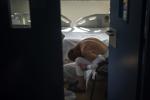
A patient rests in a chair next to his bed at the COVID-19 ward at a hospital in Barcelona, Spain, Wednesday, Nov. 18, 2020. (AP Photo/Emilio Morenatti)

Patients lie on hospital beds as they wait at a temporary makeshift treatment area outside Caritas Medical Centre in Hong Kong, Friday, Feb. 18, 2022. (AP Photo/Kin Cheung)

A pathologist conducts an autopsy on a man who died from COVID-19 in an anatomical theater at the Lviv National Medical University in Lviv, Western Ukraine, on Tuesday, Jan. 5, 2021. (AP Photo/Mstyslav Chernov)
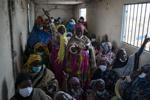
Siny Gueye, center left, is joined by other women fish processors to sing a blessing and thankful song at Bargny beach, east of Dakar, Senegal, Thursday April 1, 2021. (AP Photo/Leo Correa)
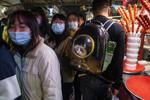
A cat is carried inside a backpack in Wuhan on Sunday, Oct. 18, 2020. (AP Photo/Ng Han Guan)

Israeli child Rafael Peled, 8, looks through a VR virtual reality goggles as he receives a Pfizer COVID-19 vaccine from medical staff at the Sheba Tel Hashomer Hospital in Ramat Gan, Israel, Monday, Nov. 22, 2021. (AP Photo/Oded Balilty)

Blanca Ortiz, 84, celebrates after learning from nurses that she will be dismissed from the Eurnekian Ezeiza Hospital, on the outskirts of Buenos Aires, Argentina, on Aug. 13, 2020, several weeks after being admitted with COVID-19. (AP Photo/Natacha Pisarenko)

Father Vasily Gelevan, wearing a biohazard suit and gloves to protect against the coronavirus, gives the Bible to kiss to Serafima Matveyeva, 92, who is suspected of being infected with the coronavirus, at her apartment in Moscow, Russia, May 26, 2020. In addition to his regular duties as a Russian Orthodox priest, Father Vasily visits people infected with COVID-19 at their homes and hospitals. (AP Photo/Alexander Zemlianichenko)
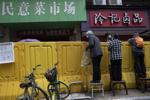
Residents climb onto chairs to buy groceries from vendors behind barriers used to seal off a neighborhood in Wuhan in central China’s Hubei province on Friday, April 3, 2020. (AP Photo/Ng Han Guan)

A health worker arrives to screen people for symptoms of COVID-19 in Dharavi, one of Asia’s biggest slums, in Mumbai, India, Friday, Sept. 4, 2020. (AP Photo/Rafiq Maqbool)

Coffins carrying the bodies of people who died of coronavirus and are stored waiting to be buried or incinerated in an underground parking lot at the Collserola funeral home in Barcelona, Spain, Thursday, April 2, 2020. (AP Photo/Felipe Dana)

SOS Funeral workers transport by boat the coffin containing the body of a suspected COVID-19 victim that died in a river-side community near Manaus, Brazil on May 14, 2020. The victim, an 86-year-old woman, lived by the Negro river, the largest tributary to the Amazon river. (AP Photo/Felipe Dana)
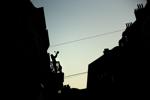
A woman bangs a pot in support of medical staff who are working on the front lines of the COVID-19 outbreak during a partial lockdown against the spread of the coronavirus in Brussels on March 31, 2020. (AP Photo/Francisco Seco)

Jackals eat dog food that was left for them by an Israeli woman at Hayarkon Park in Tel Aviv, Israel on April 10, 202. When Tel Aviv was in lockdown due to the coronavirus pandemic, it cleared the way for packs of jackals to take over this urban oasis in the heart of the city. (AP Photo/Oded Balilty)
Reach the writer at 402-473-2647 or molberding@journalstar.com.
On Twitter @LincolnBizBuzz.



